North Korea’s plan to launch missiles at Guam ‘will be ready in weeks’
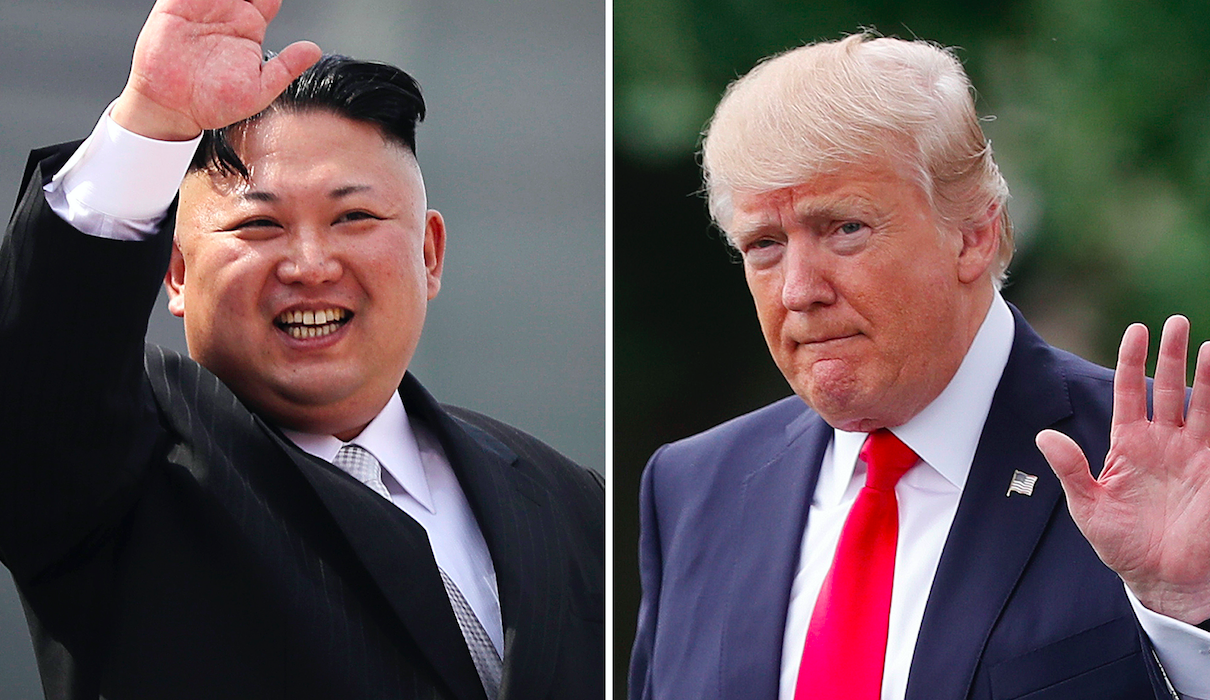
The prospect of war between North Korea and the United States has moved a step closer after Pyongyang spelled out its plan to launch a volley of ballistic missiles towards Guam.
The announcement, made in the name of a general who heads North Korea‘s rocket command, warned Pyongyang was preparing a plan to fire four of its Hwasong-12 missiles over Japan and into waters around Guam – the tiny US Pacific territory island which hosts 7,000 military personnel on two main bases and has a population of 160,000.
It dismissed US president Donald Trump’s threats of “fire and fury” as “a load of nonsense”, and said the plan could be finalised within a week or so and would then go to leader Kim Jong Un for approval.
The announcement said it would then be up to Kim whether the move is actually carried out and the missiles would hit waters 19 to 25 miles away from the island.
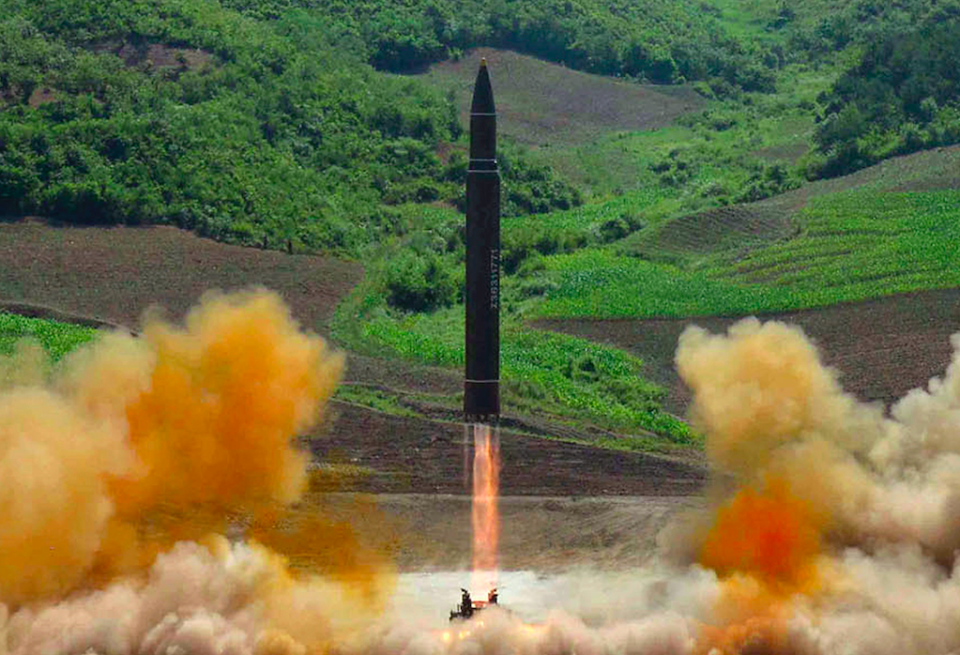
The North Korean report said the Hwasong-12 rockets would fly over Shimane, Hiroshima and Koichi regions in Japan and travel “1,065 seconds before hitting the waters 30 to 40 kilometres away from Guam”.
It said the Korean People’s Army Strategic Force would finalise the plan by mid-August, present it to Kim and “wait for his order”.
It added: ”We keep closely watching the speech and behaviour of the US.”
MORE: Donald Trump ‘gets a special folder twice a day containing good news about himself’
MORE: Military might: How Donald Trump and Kim Jong-un’s armed forced compare
Washington, meanwhile, has been giving out mixed signals of what its intensions might be.
While Mr Trump was threatening annihilation and boasting from the New Jersey golf resort where he is on holiday that he has made the US nuclear arsenal “far stronger and more powerful than ever before”, secretary of state Rex Tillerson sought to calm the sense of crisis.
Speaking on his way home from Asia, he insisted the US was not signalling a move towards military action, telling reporters: ”Americans should sleep well at night.”
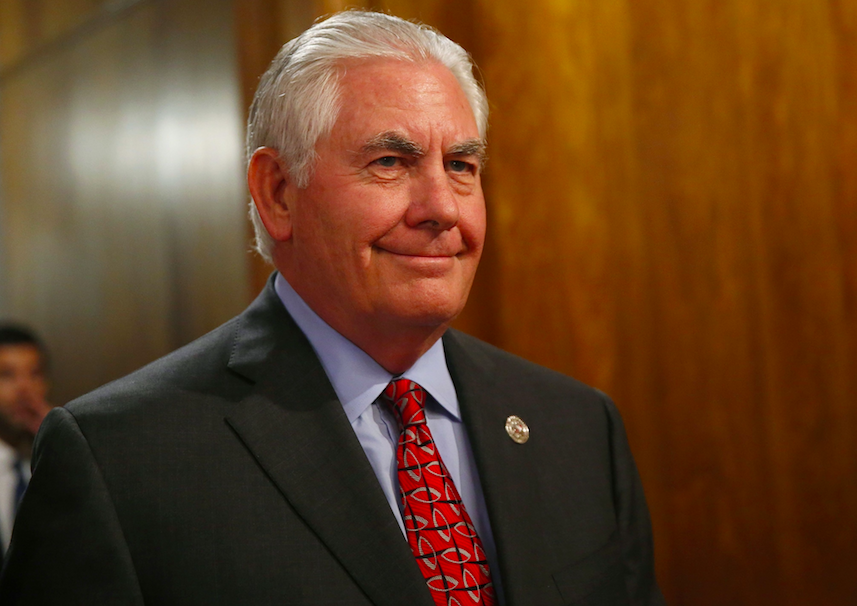
But defence Secretary Jim Mattis ratcheted the rhetoric back up, calling on Pyongyang to “cease any consideration of actions that would lead to the end of its regime and the destruction of its people”.
Meanwhile General Kim Rak Gyom, commander of the North Korea’s strategic rocket forces, became the latest critic of Mr Trump’s working holiday, accusing him of acting senile while “on the golf links again”.
He said Mr Trump was “extremely getting on the nerves” of his soldiers by making comments that showed his “senility” again, adding: “Sound dialogue is not possible with such a guy bereft of reason who is going senile.”
US BOMBING MISSION
Following the response from North Korea, America released pictures of supersonic B-1B bombers flying out to Japan from the Guam Air Force base that Kim Jong-un has threatened to attack.
The mission took place just hours before Pyongyang revealed its plans to strike the U.S. territory, which is home to some 163,000 people.
One of the pilots with the 37th Expeditionary Bomb Squadron B-1 said: “How we train is how we fight and the more we interface with our allies, the better prepared we are to fight tonight.”
North Korea said the exercise “proves that the U.S. imperialists are nuclear war maniacs”.


‘FIRE AND FURY’
Although it was not clear if US president Mr Trump and the Koreans were responding directly to each other, the heightened rhetoric added to the potential for a miscalculation that might bring the nuclear-armed nations into conflict.
“North Korea had best not make any more threats to the United States,” said a stern-looking Mr Trump. “They will be met with fire and fury like the world has never seen.”
Mr Trump’s stern words to the camera at his golf course in Bedminster, New Jersey, came hours after reports indicating North Korea can now wed nuclear warheads with its missiles, including those that may be able to hit the American mainland.

‘THOUSAND-FOLD’ RESPONSE
North Korea’s nuclear advances were detailed in an official Japanese assessment and a Washington Post story that cited US intelligence officials and a confidential Defence Intelligence Agency report.
The US now puts the North Korean arsenal at up to 60 nuclear weapons, more than double most assessments by independent experts.
The newly-revealed US intelligence assessment indicates those missiles can carry nuclear warheads.
Condemning the UN sanctions, the North warned: “We will make the US pay by a thousand-fold for all the heinous crimes it commits against the state and people of this country.”
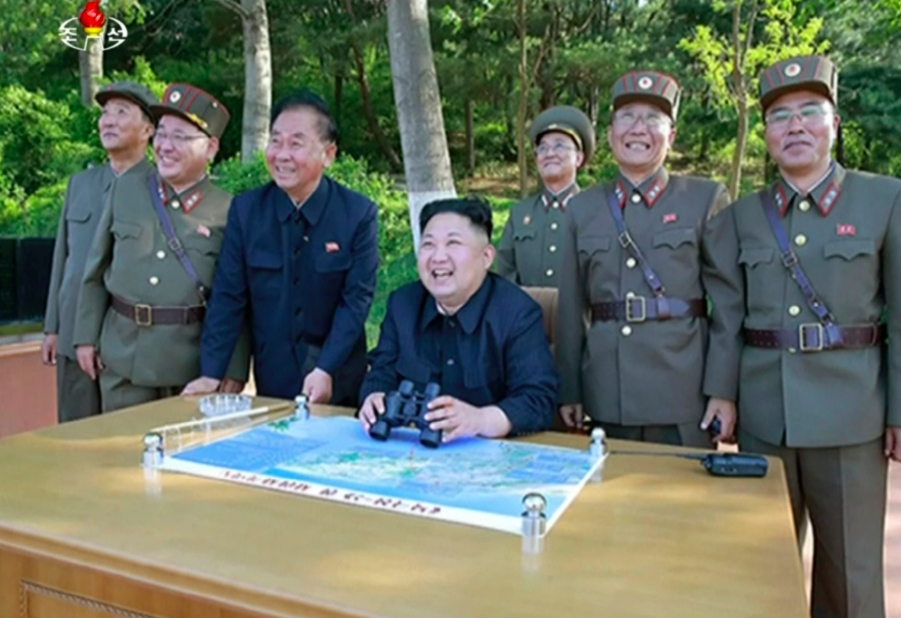

NUCLEAR THREAT
For North Korea, having a nuclear-tipped missile that could strike America would be the ultimate guarantee against invasion by its superpower adversary and is an ambition decades in the making.
The secrecy of the North’s nuclear programme and the underground nature of its test explosions make it very difficult to properly assess its claims, but the new assessments from Japan and the US suggest that doubts over the North’s abilities are receding.
In an annual report, Japan’s Defense Ministry on Tuesday concluded that “it is possible that North Korea has achieved the miniaturisation of nuclear weapons and has developed nuclear warheads”.

However, a nuclear expert who has repeatedly visited North Korea’s nuclear facilities said he doubted the country was yet capable of attacking Guam with medium to long-range missiles, saying escalating rhetoric from both the North and the US was the real danger.
Siegfried Hecker, a professor at Stanford University’s Centre for International Security and Co-operation, said although the North tested two intercontinental ballistic missiles last month, developing a nuclear warhead for such a missile was “extremely challenging and still beyond North Korea’s reach”.
Prof Hecker said the real threat was “stumbling into an inadvertent nuclear war on the Korean Peninsula by misunderstanding or miscalculation”.
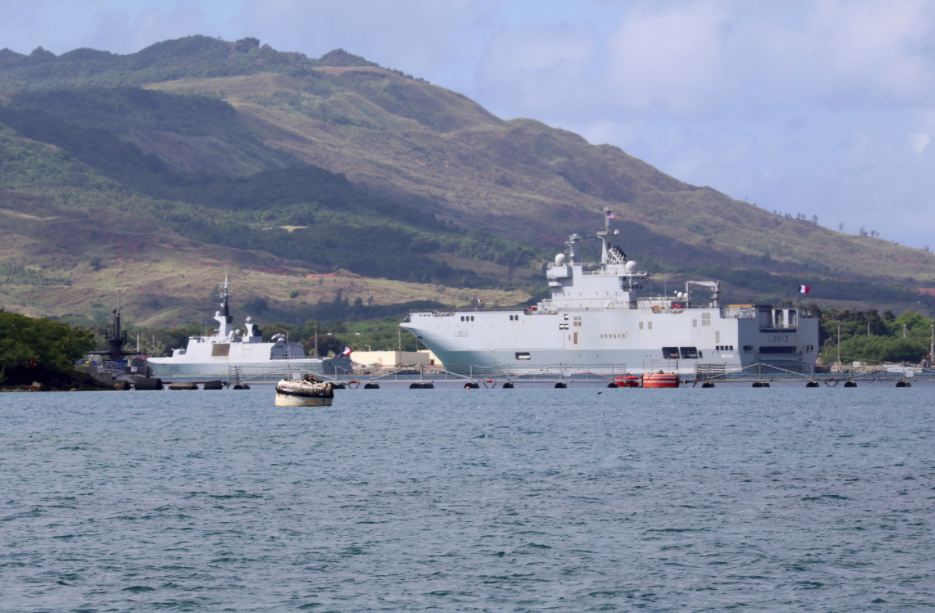
He added: “Inflammatory rhetoric on both sides will make that more likely.”
Residents in Guam will no doubt be concerned over North Korea’s threats to hit them with Hwasong-12 missiles, which it says can carry a heavy nuclear warhead.
But Pyongyang is still believed to lack expertise to allow a missile to re-enter the Earth’s atmosphere without burning up and another work in progress is the ability to strike targets with accuracy.
US REACTION
The domestic response has seen some criticise Trump for his choice of language – with Democrat Ted Lieu describing the President as “reckless”.
He tweeted: “Reckless for @POTUS to make provocative statements about North Korea & back US into a corner.
“We need de-escalation, not a miscalculation.”
Secretary of State Rex Tillerson, meanwhile, has urged calm and said Americans should have “no concerns” after North Korea and President Donald Trump traded fiery threats.
Mr Tillerson said President Trump was trying to send a strong and clear message to North Korea’s leader so that there would not be “any miscalculation”.
“What the president is doing is sending a strong message to North Korea in language that Kim Jong Un can understand, because he doesn’t seem to understand diplomatic language,” Mr Tillerson said.
Reckless for @POTUS to make provocative statements about North Korea & back US into a corner. We need de-escalation, not a miscalculation. https://t.co/AhBmm9PHN3
— Ted Lieu (@tedlieu) August 8, 2017
Senator John McCain – a Republican – said he “took exception” to Trump’s comments, and argued that his tough rhetoric was unlikely to calm rising tensions.
He told Arizona radio station KTAR: “I don’t know what he’s saying and I’ve long ago given up trying to interpret what he says.
“That kind of rhetoric, I’m not sure how it helps.”
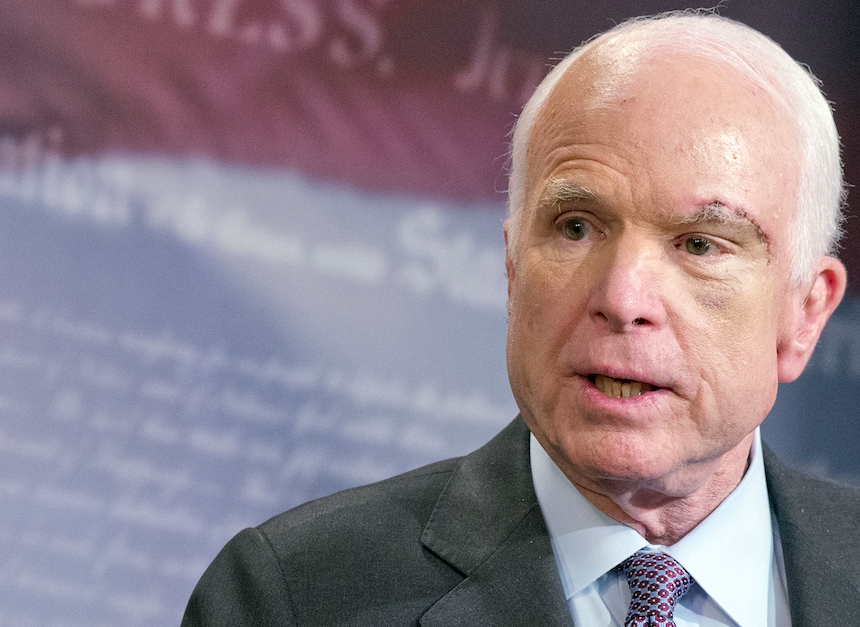
He added: “In other words, the old walk softly but carry a big stick, Teddy Roosevelt’s saying, which I think is something that should’ve applied because all it’s going to do is bring us closer to a serious confrontation.
“I think this is very, very, very serious.”
GLOBAL REACTION
The international community condemned North Korea’s threats, with Australian prime minister Malcolm Turnbull describing the country as reckless, provocative, dangerous and a threat to peace.
He said: “Its conduct is illegal, it’s reckless, it’s provocative, it’s dangerous. And it threatens the peace of the region, the peace of the world.”
Mr Turnbull said a conflict with North Korea would be shattering and have “catastrophic consequences”.
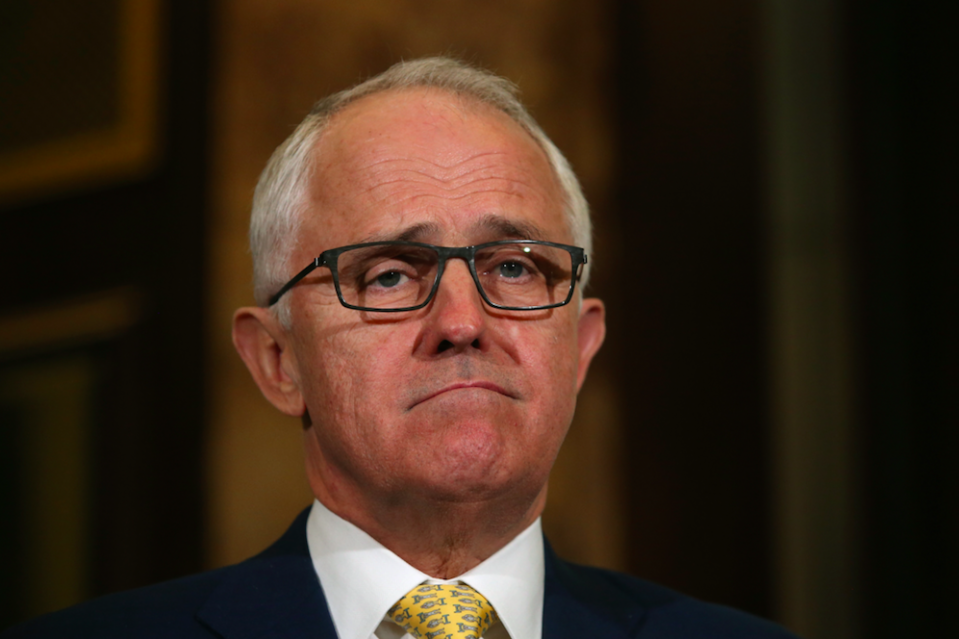
He said the global community was united in seeking to impose the maximum economic pressure on North Korea “to bring them to their senses without conflict”.
South Korea’s Unification Ministry, which deals with matters related to North Korea, said the North’s army statement hurt efforts to improve inter-Korean relations.
Ministry spokesman Baek Tai-hyun said Seoul remained committed to both dialogue and sanctions for solving the North Korean nuclear problem and called for Pyongyang to stop its provocations.

 Yahoo News
Yahoo News 

